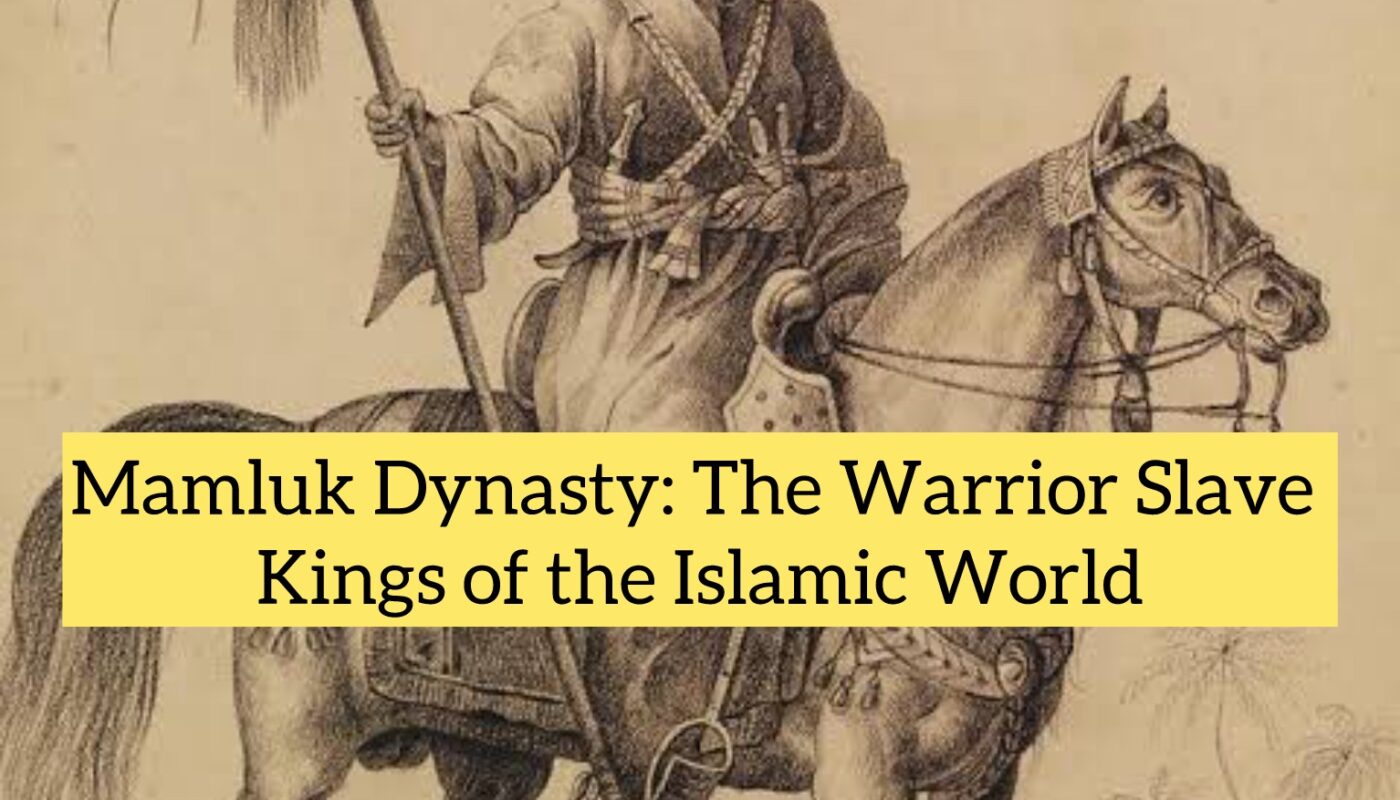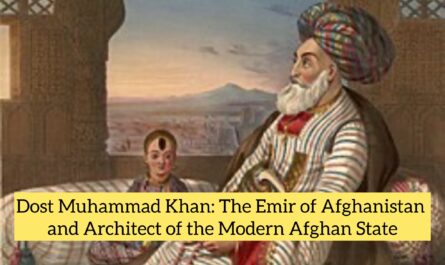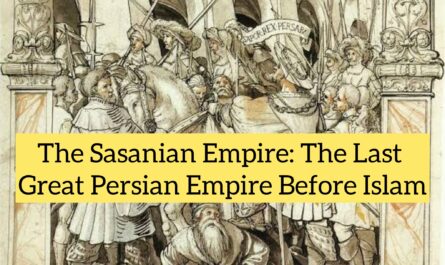Introduction
The Mamluk Dynasty was a powerful Islamic state established by former slave soldiers (mamluks) who rose to power and ruled Egypt and the Levant from 1250 to 1517 CE. Known for their exceptional military prowess and architectural achievements, the Mamluks defended the Muslim world from Mongol invasions and Crusader attacks during a critical time in Islamic history.
Split into two periods—the Bahri (1250–1382) and Burji (1382–1517) dynasties—the Mamluk Sultanate played a key role in preserving Islamic civilization, culture, and power during the medieval period.
Origin of the Mamluks
Who Were the Mamluks?
-
The term “Mamluk” comes from Arabic, meaning “owned” or “possessed”.
-
Mamluks were slave soldiers, mostly of Turkic and Circassian origin, bought young and trained in Islamic warfare, ethics, and military discipline.
-
They were loyal only to their masters and not to any tribe or lineage, making them ideal soldiers and bodyguards.
Rise to Power
Collapse of the Ayyubid Dynasty
-
The Ayyubid Sultan al-Salih Ayyub brought large numbers of Mamluks into Egypt to serve as his elite military guard.
-
After his death during the Seventh Crusade (1249–1250), the Mamluks seized power by defeating the Crusaders at the Battle of Al Mansurah.
Founding of the Mamluk Sultanate
-
In 1250 CE, Shajar al-Durr, the widow of al-Salih, briefly ruled Egypt with Mamluk support, becoming the first and only female Muslim ruler of Egypt.
-
She was succeeded by Aybak, marking the official start of the Mamluk Sultanate.
The Two Mamluk Dynasties
1. Bahri Mamluks (1250–1382)
-
Named after their barracks on the Nile River (Bahr = Sea or River)
-
Mostly of Turkic origin
-
Capital: Cairo
Key Rulers
-
Sultan Qutuz: Defeated the Mongols at the Battle of Ain Jalut (1260)—a turning point in world history.
-
Baybars (r. 1260–1277): Strengthened the military, established diplomatic ties, and expanded the empire.
-
Al-Nasir Muhammad: Ruled three times and ushered in a golden era of Mamluk architecture and culture.
2. Burji Mamluks (1382–1517)
-
Originated from Circassian Mamluks
-
Name comes from “Burj” (tower), as they were stationed in the Cairo Citadel’s towers
Key Rulers
-
Barquq (r. 1382–1399): First Burji ruler
-
Qaitbay (r. 1468–1496): Rebuilt and fortified the state, and is remembered for his stunning architectural contributions like the Qaitbay Citadel in Alexandria.
Military Successes
Battle of Ain Jalut (1260)
-
One of the most significant battles in history.
-
Mamluks under Sultan Qutuz and Baybars defeated the Mongols, halting their westward expansion.
-
This victory protected Islamic civilization in Egypt, Mecca, Medina, and the Levant.
Defeating the Crusaders
-
The Mamluks systematically drove out Crusader forces from the Levant.
-
Captured Acre in 1291, ending the Crusader Kingdom of Jerusalem.
-
Controlled key ports and trade routes across the Red Sea and Mediterranean.
Governance and Society
Military Aristocracy
-
The Mamluks ruled as a military oligarchy.
-
Power was concentrated among elite emirs, who often revolted against or replaced sultans.
-
Despite political instability, the Mamluk system was efficient and maintained order.
Religion and Culture
-
The Mamluks were devout Sunni Muslims and patrons of Islamic scholarship.
-
Cairo became a center of Islamic learning, with institutions like:
-
Al-Azhar University
-
Khanqahs (Sufi lodges)
-
Madrasas (Islamic schools)
-
Economy and Trade
-
Controlled major trade routes between Europe, Asia, and Africa.
-
Acted as middlemen in the spice trade, generating immense wealth.
-
Introduced state monopolies and a regulated currency system.
-
The economy suffered during the Black Death (1347–1351) but later recovered.
Art and Architecture
The Mamluks left behind some of the most beautiful Islamic architectural masterpieces:
Notable Monuments
| Monument | Location | Significance |
|---|---|---|
| Sultan Hassan Mosque | Cairo | A masterpiece of Mamluk architecture |
| Qaitbay Citadel | Alexandria | Built to defend against Ottoman invasions |
| Baybars Mosque | Cairo | Symbol of Mamluk power and piety |
Cultural Contributions
-
Excelled in calligraphy, woodwork, glass, and textile arts.
-
Known for intricately designed minarets, domes, and muqarnas (ornamental vaulting).
Decline and Fall
Internal Problems
-
Frequent power struggles and palace coups
-
Heavy taxation led to economic stagnation
-
Over-reliance on slave recruitment
External Threats
-
Rise of the Ottoman Empire
-
Loss of trade revenue due to Portuguese sea routes
-
Technological lag in firearms and cannons
Ottoman Conquest
-
In 1516–1517, Sultan Selim I of the Ottoman Empire defeated the Mamluks at the Battle of Marj Dabiq and Battle of Ridaniya.
-
Egypt and Syria became Ottoman provinces, ending Mamluk sovereignty.
Legacy of the Mamluk Dynasty
| Area | Legacy |
|---|---|
| Military | Professional soldier class, halted Mongol expansion |
| Cultural | Flourished in arts, architecture, and education |
| Religious | Protected Islamic holy cities and supported scholars |
| Political | Showed that non-Arab, slave-origin leaders could rule effectively |
Continued Influence
-
Though defeated, Mamluk elites retained influence under Ottoman rule as local governors and military leaders.
-
Many Ottoman rulers continued to recruit mamluks in military service.
Timeline of Key Events
| Year | Event |
|---|---|
| 1250 | Shajar al-Durr establishes Mamluk rule in Egypt |
| 1260 | Battle of Ain Jalut—Mamluks defeat Mongols |
| 1291 | Capture of Acre, ending Crusader presence |
| 1347–1351 | Black Death devastates population |
| 1517 | Ottomans conquer Egypt—end of the Mamluk Sultanate |
Frequently Asked Questions (FAQs)
Who founded the Mamluk Dynasty?
The dynasty began with Shajar al-Durr and Sultan Aybak after the fall of the Ayyubids.
What is the difference between Bahri and Burji Mamluks?
Bahri Mamluks were mostly Turkic and ruled from 1250–1382, while Burji Mamluks were Circassian and ruled from 1382–1517.
Why is the Battle of Ain Jalut important?
It marked the first major defeat of the Mongols, halting their westward advance into the Islamic world.
What were Mamluk contributions to architecture?
They built stunning mosques, madrassas, and citadels—especially in Cairo, one of the Islamic world’s architectural capitals.
What led to their downfall?
Internal instability, economic problems, and the Ottoman military superiority led to their decline and eventual defeat.
Conclusion
The Mamluk Dynasty stands as one of the most unique and impactful regimes in Islamic history. Rising from the ranks of enslaved warriors, the Mamluks carved out a powerful state that protected the Muslim world during its most vulnerable periods. Their enduring contributions to military history, Islamic governance, art, and architecture make them an essential chapter in both Islamic and world history.



